
The highly anticipated Nothing Phone 2a has arrived as the brand’s newest budget-friendly option. This market segment is already dominated by smartphones like the Moto Edge 40 Neo, Redmi Note 13 Pro, and POCO X6. I’ve already compared the Phone 2a to the Moto Edge 40 Neo, so you can see which stock Android smartphone performs better in the sub-Rs 25,000 segment. Now, it’s time for an in-depth comparison between the Nothing Phone 2a and the POCO X6, as I have both devices here at the AzMo Tech office. Which of these two offers the best value for your money? Let’s find out!
Nothing Phone 2a vs POCO X6: Specifications

Nothing Phone 2a vs POCO X6: Box Contents
In today’s world, receiving a charging adapter and cable in the box is usually sufficient. However, finding a phone that also comes with a cover feels like hitting the jackpot. Both the Edge 40 Neo and the POCO X6 come with a case in the box, and it’s not a cheap one.
Additionally, the POCO X6 includes a 67W charger with a compatible Type-C cable, along with the standard SIM ejector tool and paperwork that most people never read.
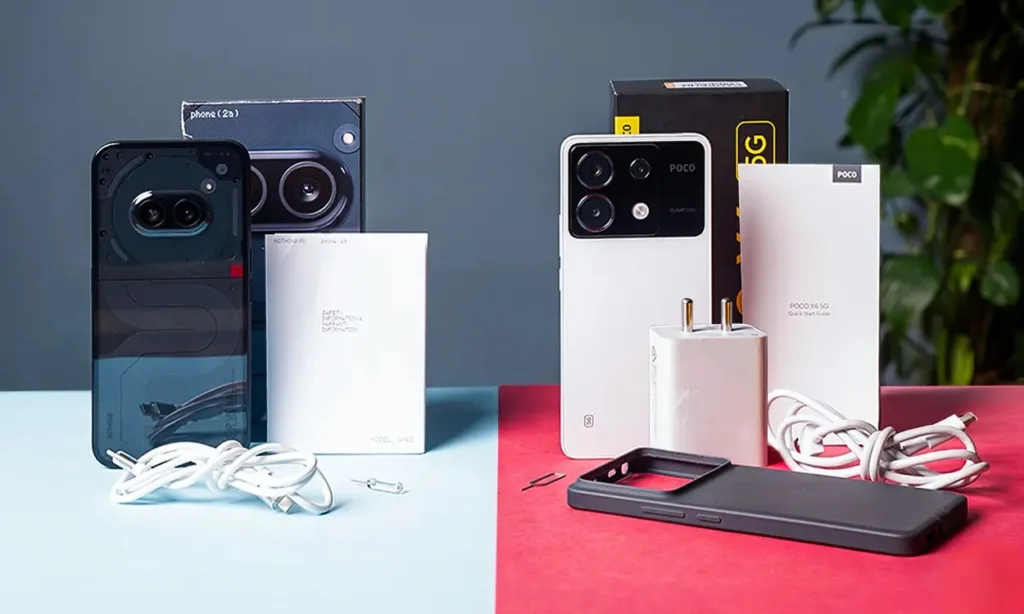
On the other hand, the Nothing Phone 2a (review) embraces the minimalism that the brand is known for. It includes only a Type-C to Type-C cable, the signature Nothing SIM ejector tool, and informational leaflets in the box. You’ll need to purchase the brand’s 45W charger separately, or use an existing charger if you have one.
Nothing Phone 2a vs POCO X6: Design

When it comes to design, I have the Nothing Phone 2a in its Black variant and the POCO X6 in the Snowstorm White variant. The Nothing Phone 2a truly shines in terms of design, featuring a transparent back and glyph lighting that make it stand out.
On the other hand, the POCO X6’s design is not particularly special. It has a nice, flowing white glittery texture on the back, which matches the color’s name, but it’s not distinctive enough to make it stand out like the Phone 2a.
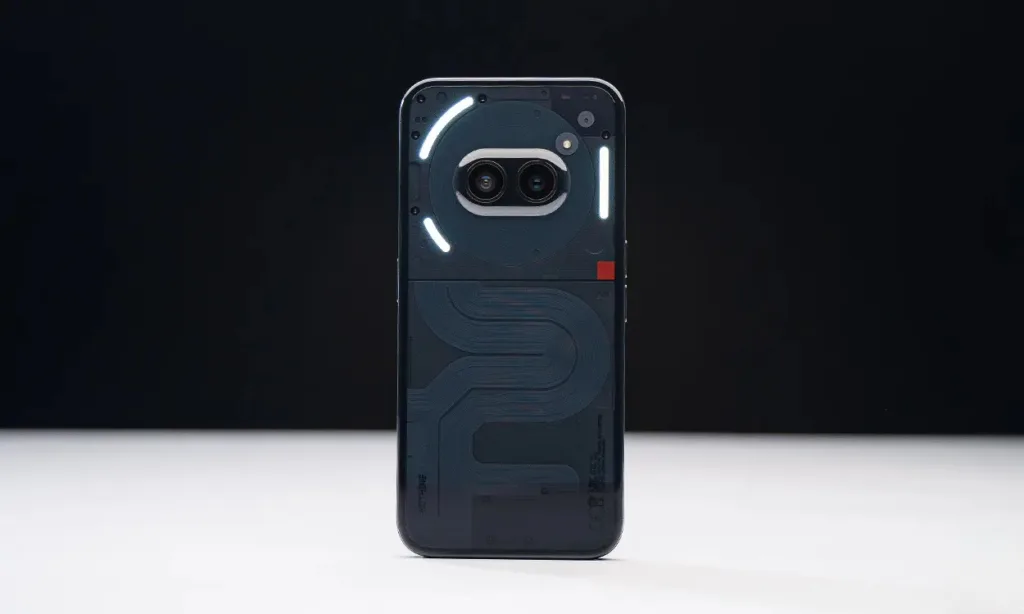
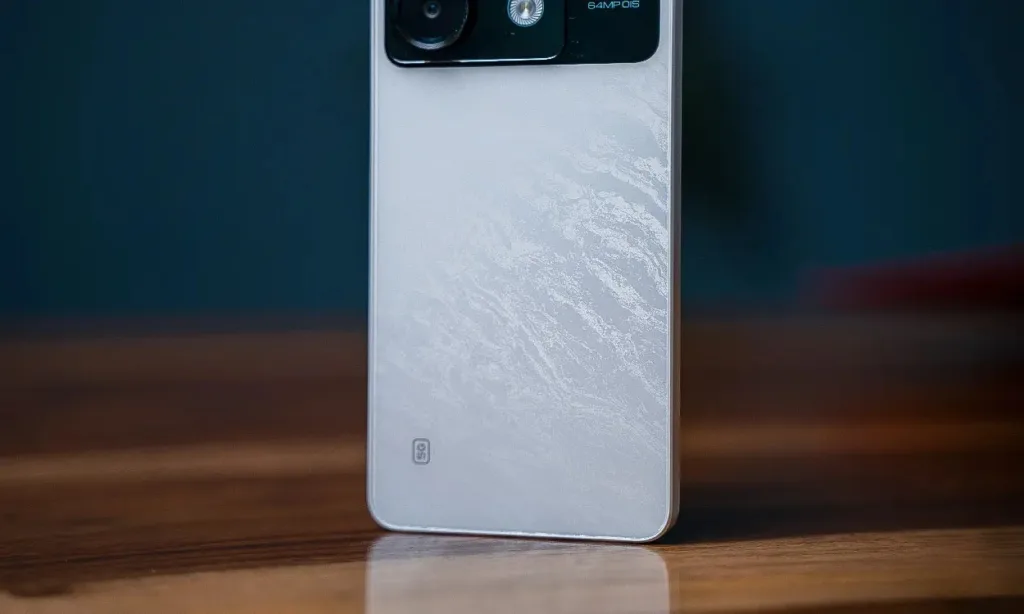
I also prefer the camera module of the Phone 2a over that of the POCO X6. The Nothing Phone 2a’s camera setup helps keep wobbling at bay, which is a nice touch. However, the placement of the POCO X6’s camera module makes the phone wobble quite aggressively even with the slightest touch.
Upon picking up the devices for the first time, I immediately noticed how the matte finish of the Nothing Phone 2a’s plastic frame felt better in hand. It provided excellent grip and a satisfying feel, unlike the polished and slippery plastic sides of the POCO X6.
Both phones are lightweight, with the Nothing Phone 2a being slightly heavier at 190 grams compared to the POCO X6’s 181 grams. Surprisingly, the Phone 2a feels lighter due to its excellent weight distribution, unlike the boxier design of the POCO X6.
The button placement on the Nothing Phone 2a is also well thought out. The power button is located on the right side of the frame, with the volume rockers on the left. In contrast, the POCO X6 has all the buttons on the right side, similar to the Motorola Moto Edge 40 Neo, which I’m not a fan of.
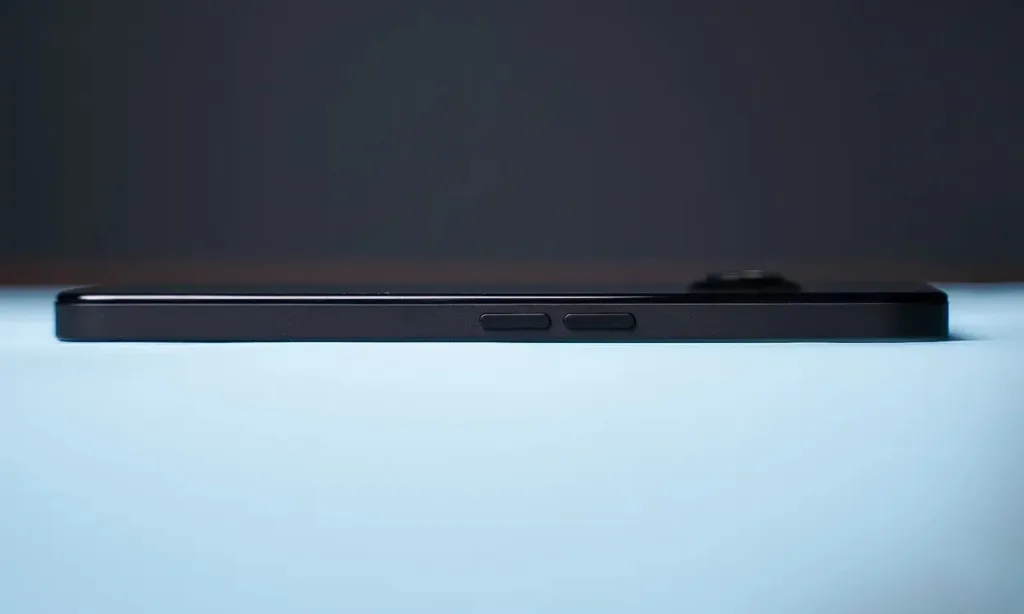
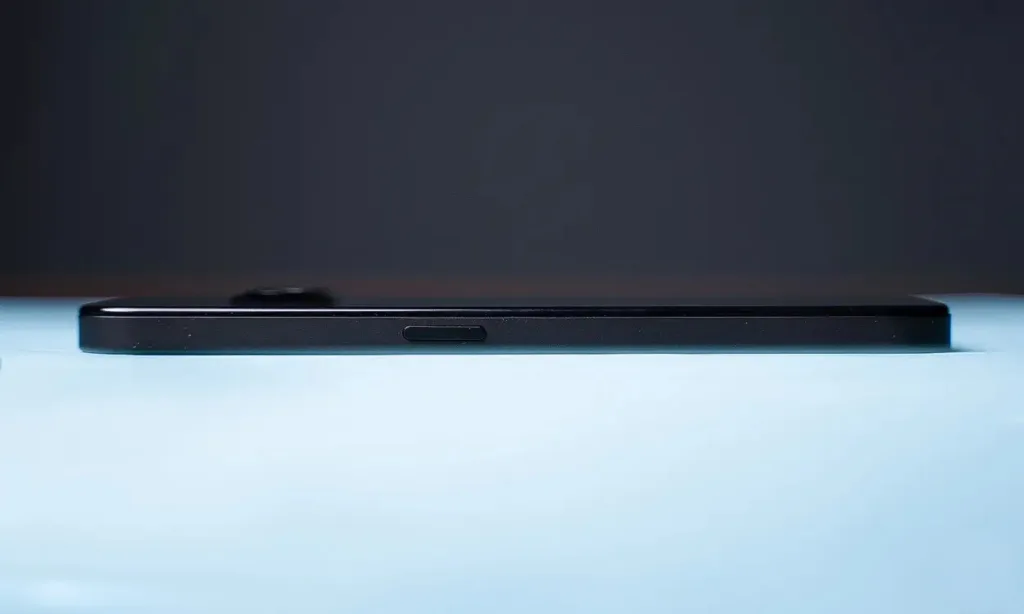
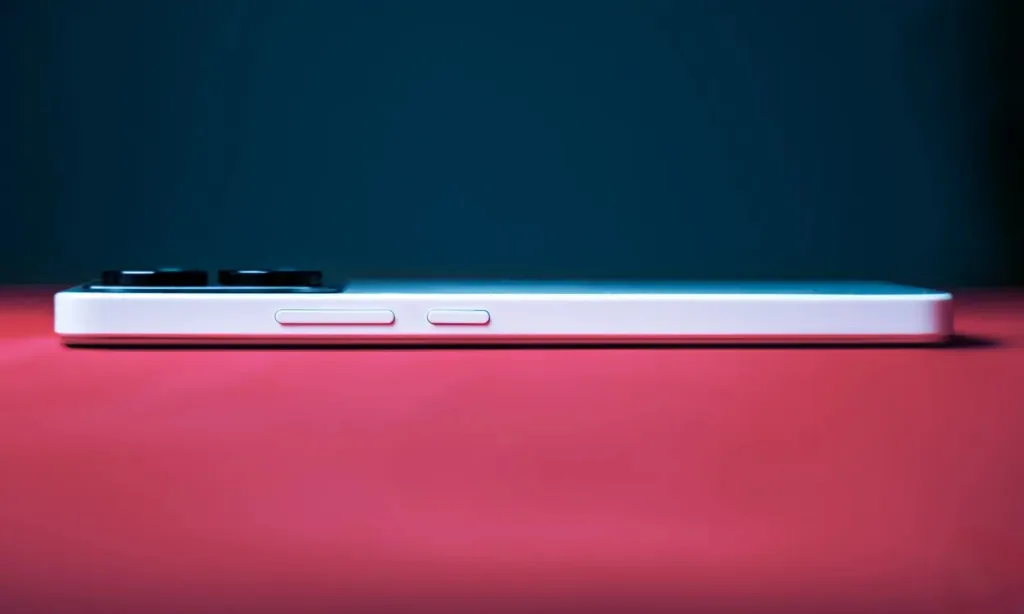
The POCO X6 pleasantly surprised me in the accessibility department by offering a 3.5mm headphone jack, which is becoming increasingly rare. It’s located at the top of the frame, which is a convenient placement. Even the higher-end POCO X6 Pro in the lineup also lacks this feature.
Both phones have rear panels made of glass-mimicking polycarbonate (plastic). During my testing, I did not use any cover and did not notice any major scratches. However, there were small scratches if you looked closely enough, so I would recommend using these phones with a back cover. Other features such as the speaker grille, charging pin, and SIM slot placement are similar, all located at the bottom.
Nothing Phone 2a vs POCO X6: Display

In terms of displays, they appeared mostly identical. I appreciated the symmetrical bezels on the Nothing Phone 2a’s 6.7-inch display with Full-HD+ (1084 x 2412 pixels) resolution. On the other hand, the POCO X6 features a 6.67-inch screen with 1.5K (2712 × 1220 pixels) resolution surrounded by thin bezels. Both displays are AMOLED and support HDR 10+ technology. The POCO X6 also boasts Dolby Vision, adding to its appeal.
During testing, I encountered an issue with the POCO X6. For some reason, YouTube videos were not utilizing HDR. This could be an issue with the YouTube app. As a result, I could not achieve the on-paper peak brightness of the phone, which is 1800 nits. Instead, the Lux Meter at the Beebom office recorded a maximum reading of 1050 nits. If this HDR issue is resolved through an update, the brightness reading may match the on-paper claims.
The Nothing Phone 2a’s peak brightness was incredibly impressive. Our Black review unit reached a peak brightness of 1,750 nits, while the White variant hit around 1,450 nits. These numbers are significantly higher than the company’s claimed peak brightness of 1,300 nits. I must say, I’m impressed, Nothing.
Both devices performed well outdoors, with no issues viewing the displays in direct sunlight or brightly lit indoors. However, because of the POCO X6’s 1.5K resolution, details appeared noticeably sharper in everything I watched, whether it was YouTube videos or The Batman on Netflix.
In terms of color accuracy, the Nothing Phone 2a’s display seemed more natural to me compared to the POCO X6, which felt a bit saturated. However, the viewing angles are equally good on both phones.
An important feature to note is that the Nothing Phone 2a includes the always-on display feature, which is lacking in both the POCO X6 and Moto Edge 40 Neo.
Nothing Phone 2a vs POCO X6: Speaker Performance
While both devices have good displays, having a solid speaker setup is equally important. Fortunately, both the Nothing Phone 2a and POCO X6 deliver impressive external audio output, thanks to their stereo speakers.
The Nothing Phone 2a utilizes a bottom-firing speaker, with the receiver grille also serving as the second speaker. In contrast, the POCO X6 has two dedicated speaker grilles.
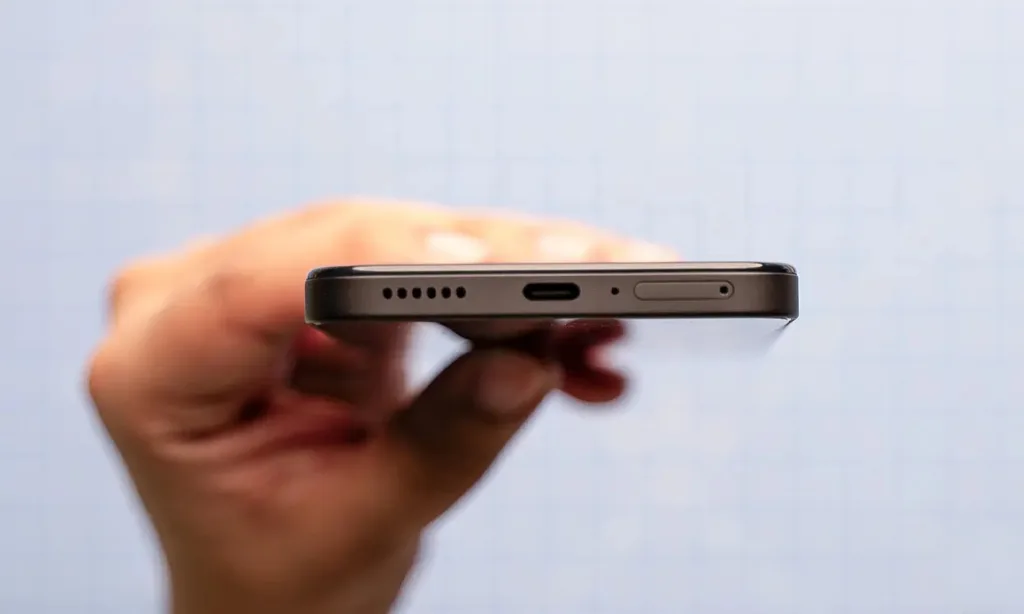
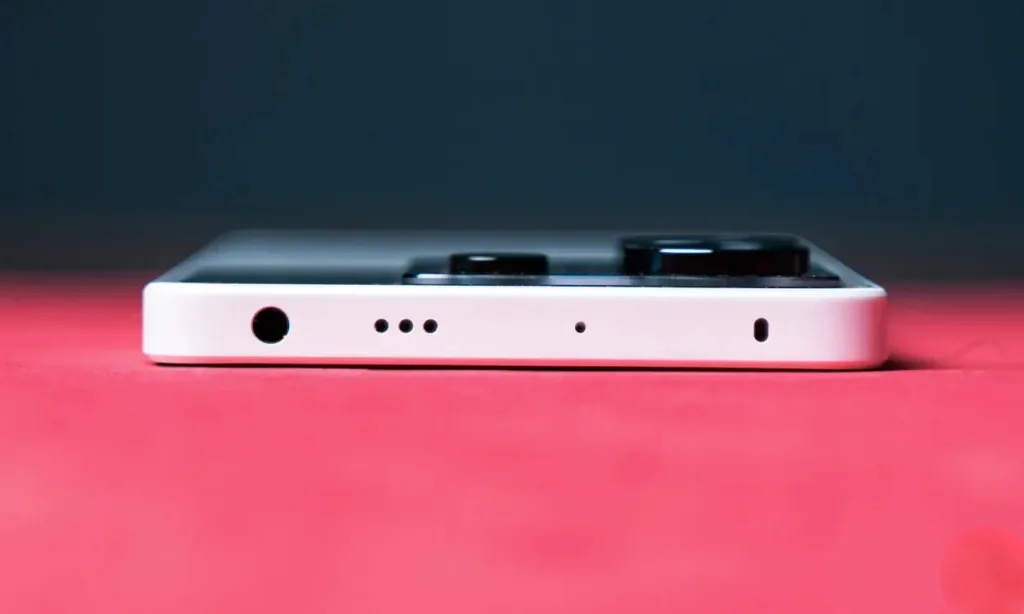
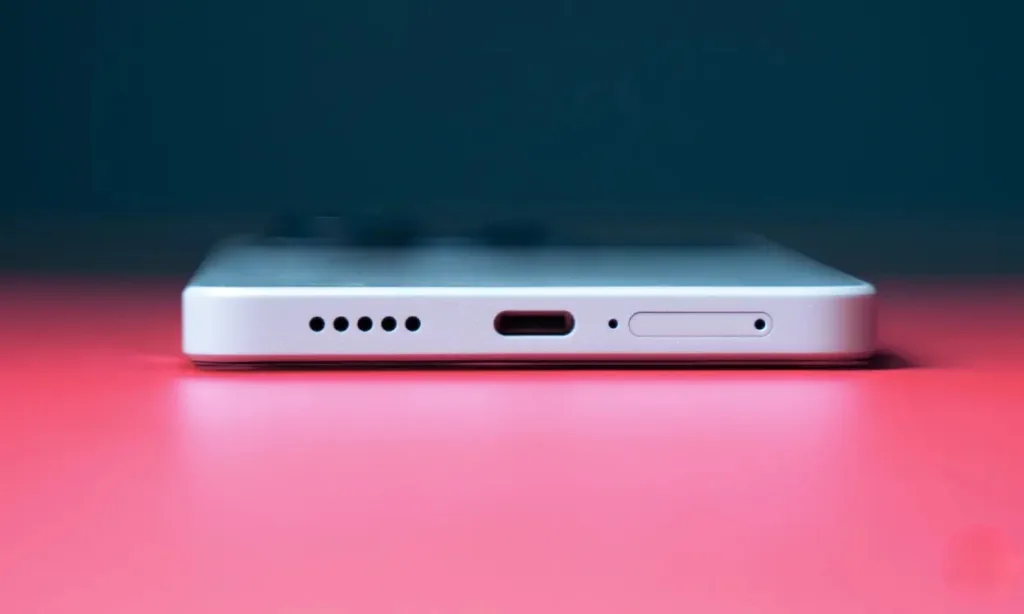
Nevertheless, I discovered that the Nothing Phone 2a’s overall sound output was richer and slightly louder. Whether it was the sound of air bubbles being injected into an aquarium or the bass-heavy Blood Code soundtrack from John Wick 4, the Phone 2a’s speakers provided greater clarity in the highs, mids, and lows. In comparison, the POCO X6 lacked this balance and, despite being loud, sounded flat for the most part.
Nothing Phone 2a vs POCO X6: Cameras

Before delving into the real-life camera performance of the two phones, let’s first review their on-paper specifications. The Nothing Phone 2a is equipped with a dual rear camera setup, whereas the POCO X6 features a triple rear camera system.
The Phone 2a’s sensors are notably powerful, featuring a primary 50 MP Samsung ISOCELL GN9 sensor with OIS, along with a 50 MP ISOCELL JN1 ultra-wide-angle sensor.
In contrast, the POCO X6 boasts a 64 MP OmniVision OV64B primary sensor with OIS, accompanied by an 8 MP Sony IMX355 ultra-wide sensor and a 2 MP OmniVision OV02B1 macro sensor.
For selfies, the Nothing Phone 2a sports a 32 MP Sony IMX615 sensor, while the POCO X6 features a 16 MP OV16A1Q selfie shooter. Now, let’s proceed to the camera samples.
Daylight
The samples clearly show that the ultra-wide-angle sensor on the Nothing Phone 2a captures details better than the POCO X6. This difference is especially evident when zooming in on the leaves in the upper left corner. Additionally, manually engaging the 50 MP ultra-wide-angle sensor on the Phone 2a further enhances details.
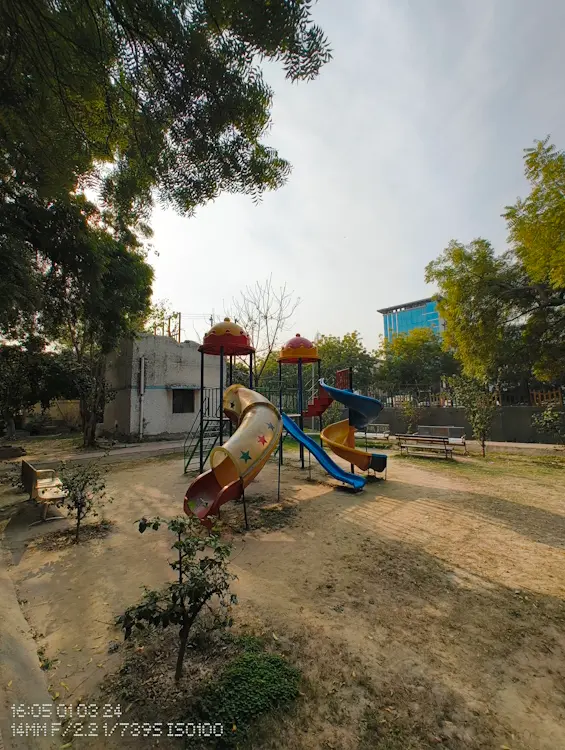
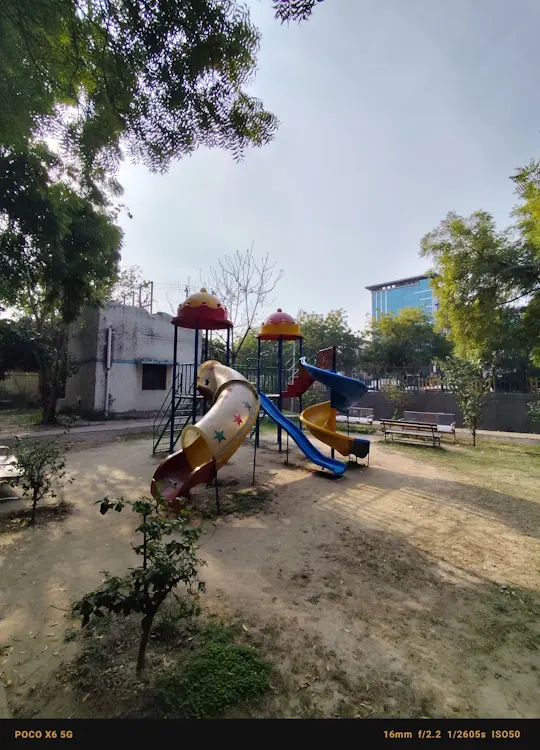
The disparity in sharpness and detailing is also noticeable in photos taken by the primary sensors of both phones. The photos from the POCO X6 lack sharpness and detailing, exhibiting some strange processing that alters the actual colors of the scene. In contrast, the Nothing Phone 2a produces natural-looking photos without significant scene enhancement.


The issue remains consistent even with the 50mm shots from both phones.
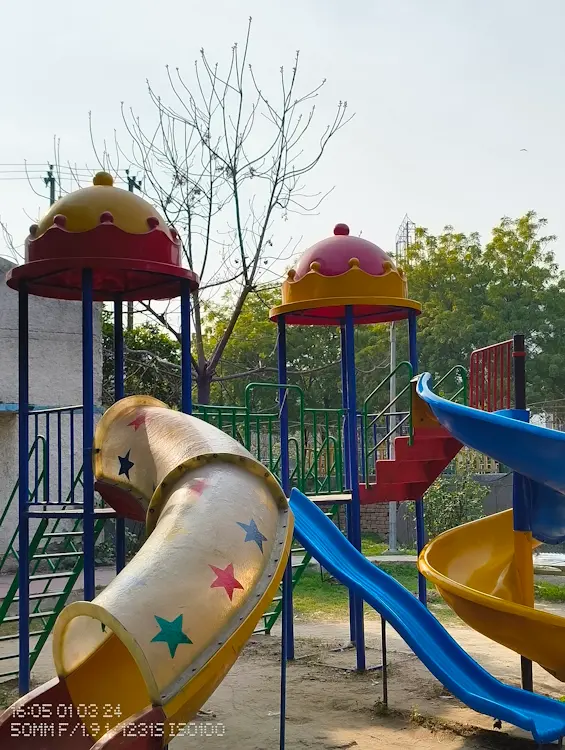
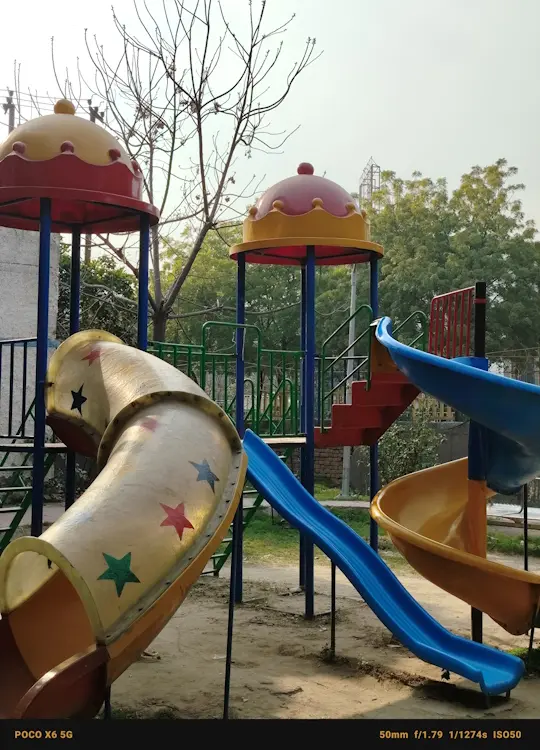
For human subjects, the Nothing Phone 2a’s shots outperform those of the POCO X6, offering noticeably more sharpness and retaining natural skin tones.
Night-time
At nighttime, the lack of detail is more pronounced on the POCO X6. The edges of the buildings in the photo are blurred, and there’s a significant amount of noise in all of these photos. Moreover, there’s some unnatural saturation in the images captured by the POCO X6. In contrast, the Nothing Phone 2a retains all the details without overcompensating.


Indoor shots at night reveal similar results, with the Nothing Phone 2a offering more natural colors and better preservation of details compared to the POCO X6.

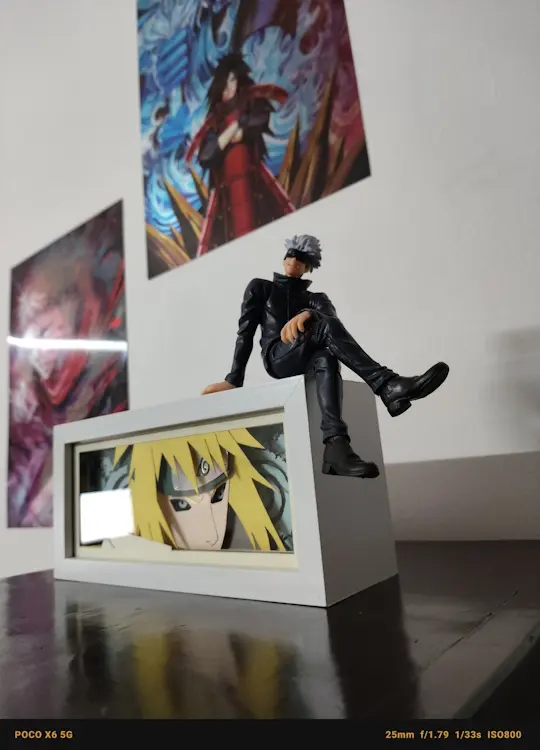
Front Camera
The selfie shooter of the Nothing Phone 2a also outperforms that of the POCO X6, with more accurate colors and well-captured details.
In terms of portrait shots, both phones offer good edge detection, so there are no complaints in that regard. However, the POCO X6 did not handle shadows and lighting as effectively as the Nothing Phone 2a.
Interestingly, in indoor lighting conditions at night, the POCO X6 takes better-looking photos. I found the smoothing on the Phone 2a unappealing. However, upon closer inspection, the Phone 2a’s photos turned out to be sharper.
Videos
When discussing video recording, both the Phone 2a and POCO X6 can record 4K videos at 30 FPS. However, despite having OIS, the POCO X6’s videos turned out to be wobbly. Additionally, the POCO X6 faced focus-hunting issues, constantly adjusting the focus. In contrast, the Nothing Phone 2a had no such problems, and its videos were smooth.
Both phones can also capture front-facing videos at 60 FPS. Once again, I preferred the videos from the Phone 2a, which were less wobbly and more natural-looking. Moreover, the Nothing Phone 2a’s microphone quality also appeared better to me.
Nothing Phone 2a vs POCO X6: Performance
Next, let’s delve into the performance of the two smartphones. To simplify things, I’ve divided this section into three parts:
Benchmarks
Based on these benchmarks, it’s clear that the Nothing Phone 2a is the more stable performer of the two. Not only is there a visually appealing thermal throttling graph to support this, but the AnTuTu and Geekbench scores are also slightly ahead.
What particularly impressed me were the loop scores of the Phone 2a during the 3DMark Wild Life Stress Test. This indicates that the phone can certainly handle intense tasks without issue. In fact, the benchmarks of the Phone 2a are comparable to those of the OnePlus Nord CE 3, which is powered by the Snapdragon 782G.
Day-to-Day Usage
Although the POCO X6 may lag slightly behind in benchmark numbers, its real-life performance is decent. During day-to-day use, I didn’t encounter any major issues. There were some minor stutters and lags, but these were likely due to the software it’s running (more on that later). With around 15-20 apps open, I noticed these stutters occasionally when switching between them or browsing through the phone.
On the contrary, the Nothing Phone 2a performed significantly better. I couldn’t recall a single moment where I noticed a stutter. Daily usage was notably smoother and more satisfying on the Phone 2a, thanks to faster app opening times and smoother animations. However, RAM management is pretty good on both phones, and they successfully kept most apps in memory without restarting them, which is always a positive aspect.
Gaming

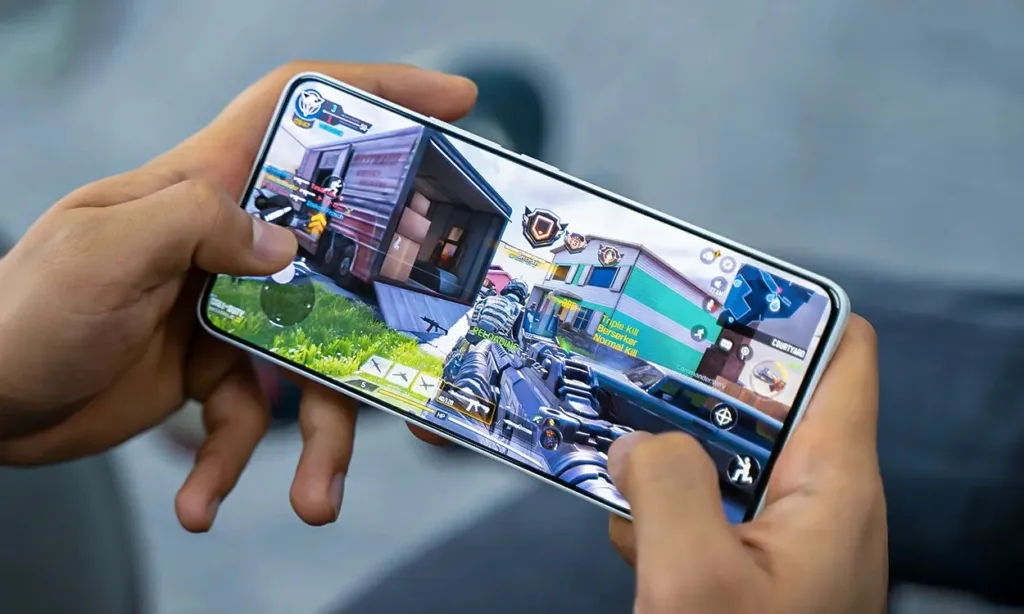
Now, let’s discuss the more intriguing aspect. The Nothing Phone 2a is powered by the Dimensity 7200 Pro, while the POCO X6 features the Snapdragon 7s Gen 2 chipset.
Despite the slight edge in power demonstrated in the benchmarks by the Dimensity 7200 Pro over the 7s Gen 2, I couldn’t discern any significant difference in real-world performance. I played games like BGMI, CoD Mobile, and Genshin Impact on both phones, and they handled them admirably. Here are the maximum graphics settings for these games on the two phones:

However, due to Genshin Impact’s high demands on handheld devices, you’ll need to stick with medium settings for a smooth experience on both devices. You may not achieve 60 FPS and may still notice micro stutters here and there, but considering the budget, it’s acceptable.
During gaming, I also observed that the POCO X6 heated up quickly. In contrast, the Nothing Phone 2a maintained lower temperatures and stayed cooler for longer periods. While the Phone 2a rarely exceeded 38-40 degrees Celsius, the POCO X6 easily reached 45 degrees.
Nothing Phone 2a vs POCO X6: Software

For those familiar with Nothing OS, it’s no surprise that it gives the Nothing Phone 2a an edge over the POCO X6 running MIUI 14. Some might suggest waiting for HyperOS to be released for the POCO X6.
However, at the AzMo Tech office, we already have the more premium POCO X6 Pro running HyperOS, and it’s not as optimized as expected. Therefore, it’s unlikely that HyperOS will make a big enough difference to surpass Nothing OS.
Comparing Nothing OS 2.5 with the near-stock Android on the Moto Edge 40 Neo, I preferred Nothing OS. It not only optimizes the Nothing Phone 2a but also keeps it free of bloatware.
In contrast, the POCO X6’s experience with MIUI 14 is less than optimal. From jittery animations to a UI filled with bloatware, the overall user experience suffers. In this regard, the Nothing Phone 2a easily comes out on top.
Additionally, while the POCO X6 comes with Android 13 out of the box, the Nothing Phone 2a runs on Android 14. This means that although both devices will receive 3 years of Android updates, it will be the Phone 2a that will be able to upgrade to Android 17.
Nothing Phone 2a vs POCO X6: Battery Performance and Charging
In the budget segment, smartphones usually provide good battery backup due to the absence of power-hungry chipsets. However, the overall optimization of a phone plays a crucial role in its power efficiency. In this aspect, the Nothing Phone 2a outperforms the POCO X6. The Phone 2a is equipped with a 5000mAh battery, while the POCO X6 features a 5100mAh unit.
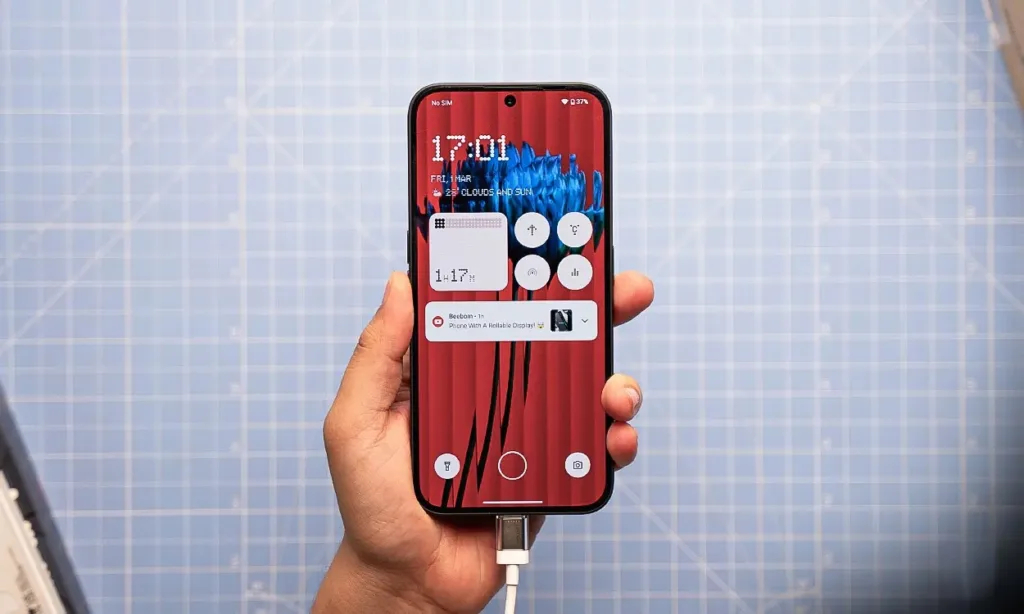

During my testing, I watched 2160p videos on YouTube, streamed HDR content on Netflix, ran benchmarks, and played Genshin Impact for an hour. With auto brightness and auto refresh rate turned on, the Nothing Phone 2a provided almost 7 hours of screen-on-time. In comparison, the POCO X6 provided approximately 5.5 hours of screen-on time.
When I began playing Genshin Impact on the POCO X6, I noticed a rapid battery drain, with the battery level dropping from 52% to 22% in just 1 hour and 10 minutes. In contrast, the Nothing Phone 2a experienced only a 10-15% drain during the same period. This contrast could be attributed to the Dimensity 7200 Pro’s utilization of the TSMC 4nm process node, whereas the POCO X6’s Snapdragon 7s Gen 2 employs Samsung’s 4nm architecture.
On the other hand, the POCO X6 leads in charging capabilities with its superior 67W fast charging technology, compared to the 45W charging capacity of the Phone 2a. In testing, the POCO X6 charged from 10% to 100% in just 40 minutes, while the Nothing Phone 2a took an hour to reach a full charge.
Nothing Phone 2a vs POCO X6: Connectivity
On the connectivity front, there are several similarities between the two phones. Both feature a USB Type-C 2.0 port and support Wi-Fi 6. However, the Nothing Phone 2a comes with Bluetooth 5.3, while the POCO X6 offers Bluetooth 5.2.
Both phones also feature NTFS technology, which is claimed to double transfer speeds when moving files to a Windows laptop. However, in my testing, this feature did not work as advertised. It’s possible that a future update may fix this issue. Additionally, both phones come with a Dual SIM (nano+Nano) tray.
It’s worth mentioning that the Nothing Phone 2a supports 13 5G bands, whereas the POCO X6 supports 10 5G bands. To test the speeds, I used two of the most commonly used SIM cards (Jio and Airtel) in India from the same location.
Interestingly, the POCO X6 delivered download speeds of only around 75 Mbps, while the Nothing Phone 2a achieved speeds ranging from 350 to 420 Mbps with the same SIM card. However, the POCO X6 reached impressive speeds of 637 Mbps with an Airtel SIM card. This is certainly something worth noting.
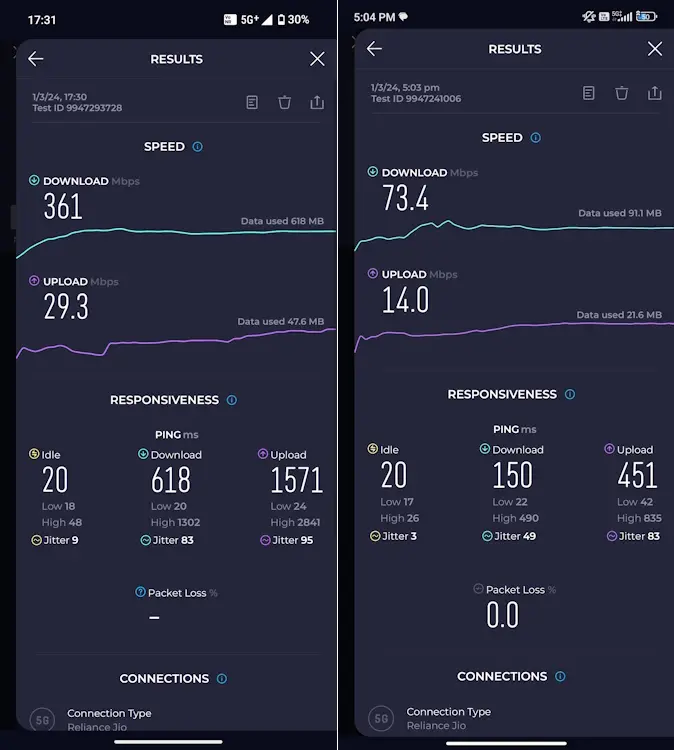
Furthermore, the Nothing Phone 2a includes NFC support, which is missing in the Indian variant of the POCO X6. The global variant of the POCO X6 does offer NFC, but POCO tends to exclude this feature from its budget phones in India for reasons unknown. NFC is available on the POCO X6 Pro Indian variant, though. Neither of the two phones offers e-SIM support, unlike the Moto Edge 40 Neo.
Final Verdict: Which Should You Buy?
At the end of this comparison, it’s clear that the Nothing Phone 2a offers better value for the price. However, consider the following points:
- The POCO X6 is available for Rs. 1,000 less, starting at Rs. 22,999 for the 8GB+128GB variant, compared to the Phone 2a’s starting price of Rs. 23,999.
- The POCO X6 features a 1.5K display and includes a 3.5mm headphone jack, which may be important to some users.
- The POCO X6 comes with a charger and a good quality back cover in the box, while the Nothing Phone 2a does not include these accessories. Purchasing the Nothing 45W charger separately costs an additional Rs. 2,499, and you’ll also need to buy a case.
- Therefore, there are additional costs associated with the Phone 2a. If you are on a tight budget, the POCO X6 may be a more appealing choice.
What advantages does the Nothing Phone (2a) offer compared to the POCO X6? What justifies the higher price tag?
The Nothing Phone 2a offers a premium software experience with no bloatware or forced built-in apps, along with a unique design, good cameras, extended battery life, and a more stable processor. Features like NFC also add to its appeal.
For an extra $1,000, the Nothing Phone 2a’s software experience is hard to beat in this price range. After using the ad-heavy MIUI 14 on the POCO X6, Nothing OS 2.5 was a welcome change. The abundance of bloatware and ads in the UI was a major drawback for me, and I greatly appreciated the relief that Nothing OS 2.5 provided.
The Nothing Phone 2a also offers exclusive AI-generative wallpapers feature as an additional perk. Ultimately, the choice between these two devices boils down to your individual preferences and requirements. Once you identify what you prioritize in a phone, the decision should become clear.
Feel free to reach out in the comments if you have any further questions about these devices. I’ll be happy to provide more information. Also, let me know which device you think would be the better choice for you.

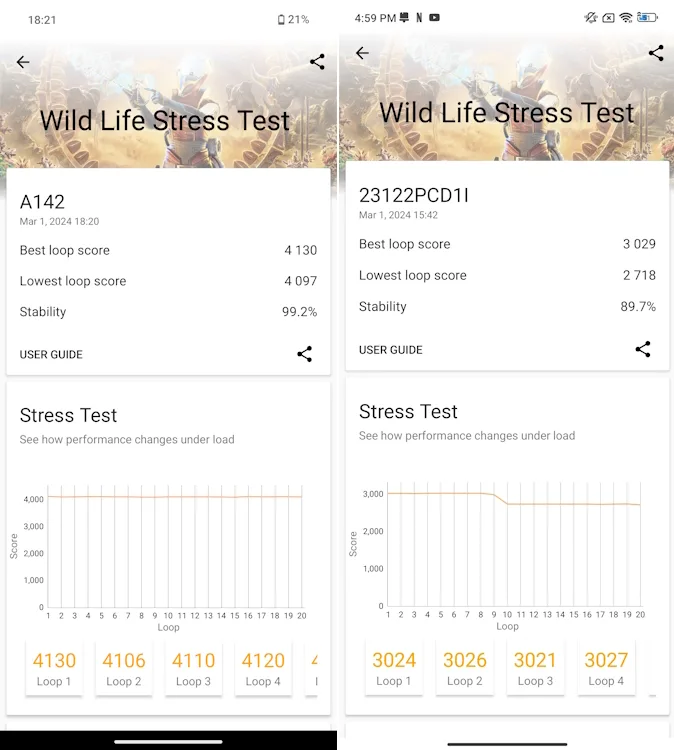
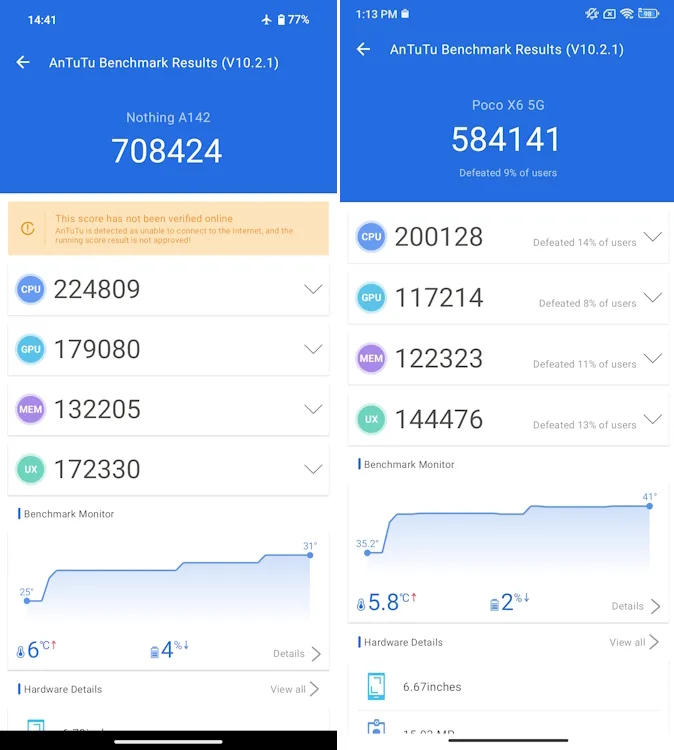
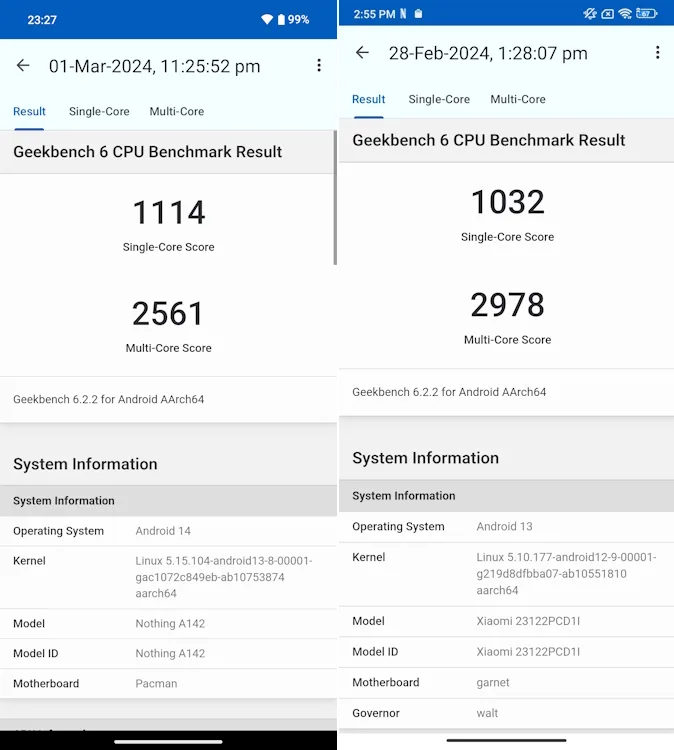

0 Comments